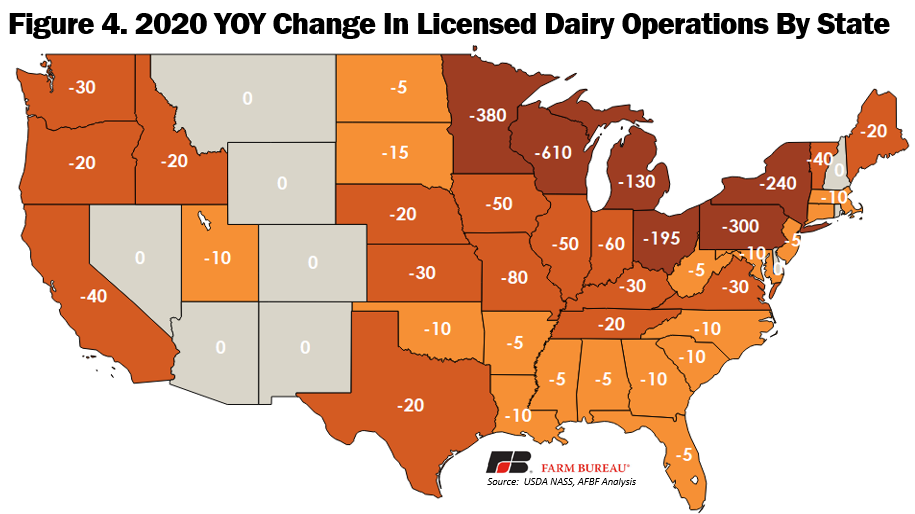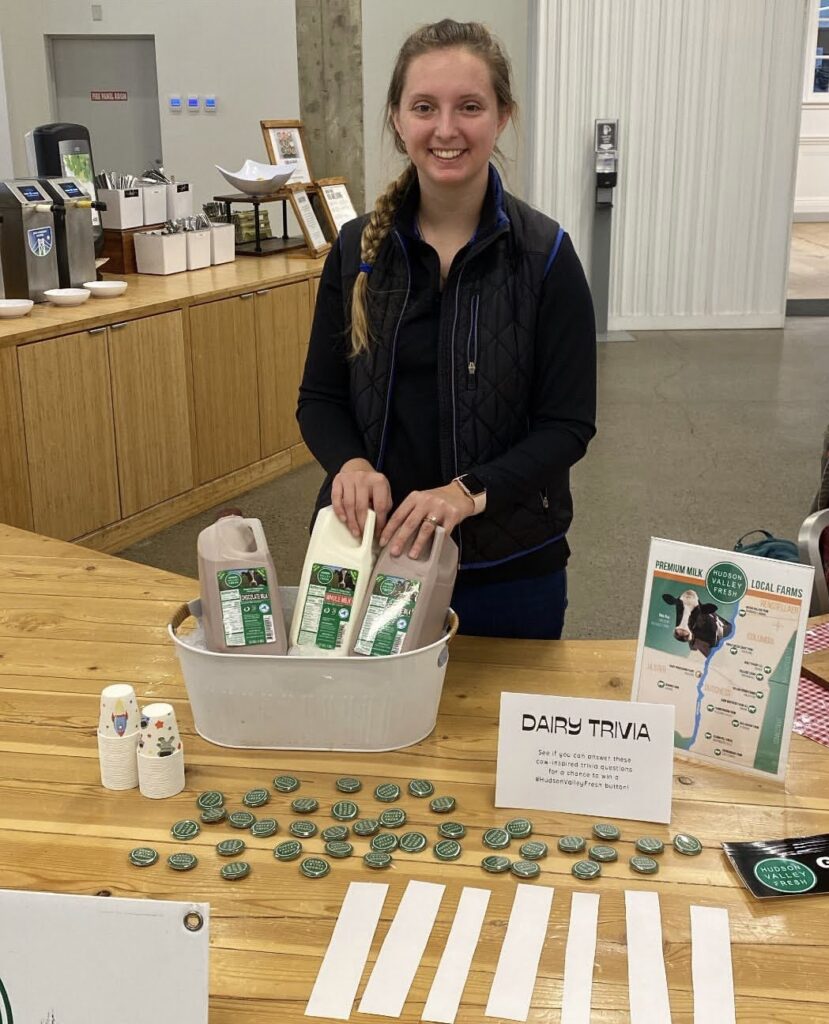Keeping Hudson Valley Dairy Farmers Milking
- by Elise Dudley

Hudson Valley Fresh farmer-owner Coon Brothers Dairy cows are fed crops grown using the no-till method on over 2,000 acres of Hudson Valley farmland
Across the country, small dairy farms are facing a decision. Attempt to compete with large-scale dairy operations, or step away from generations of farming. Earlier this year, Bon Appétit Fellow Elise Dudley and over a dozen Vassar College students visited Coon Brothers Dairy in Amenia, NY, learning about the challenges small dairy farmers face, and about emerging cooperative models that are helping to protect these businesses.
The United States’ dairy market possesses the most complicated and volatile commodity pricing regime across all agriculture markets, known as Federal Milk Marketing Orders (FMMO). This arrangement means that farmers are subject to monthly fluctuations in the price of milk, which can easily drop below the cost to produce milk on smaller family farms. This makes it challenging for small dairy producers to achieve sustained profitability.
While national dairy production and the productivity of milking cows has continued to climb, the USDA’s National Agricultural Statistics Service has also recorded the loss of more than half of licensed dairy operations in the United States due to farms exiting the dairy business in the last two decades alone. Recent trends represent a continuation of the decline of small dairy farmers that began in the latter half of the 20th century. As President Richard Nixon’s secretary of agriculture, Earl Butz, infamously told farmers back in the 1970’s, “Get big or get out.”

This 2020 graphic from the Farm Bureau depicts the year-over-year decline in number of licensed U.S. dairy farms by state.
The documented plummet in the number of dairy operations has not transpired in a vacuum and the cows aren’t vanishing. This shift has occurred in coordination with the overwhelming expansion of large-scale farming and consolidation into larger-scale operations. Prior to the coronavirus pandemic—which was devastating for dairy farms who were forced to dump milk—the price of milk had already dropped roughly 40% in the last six years. The combined consequence of this reality is a market that is neither friendly to existing small farmers hoping to grow their businesses or to young farmers attempting to enter the industry.

Hudson Valley Fresh Dairy Sales and Marketing Manager Courtney Dearnley Roberts conducted an educational dairy trivia and tasting event at Vassar College earlier in the year.
An Alternative Dairy Farming Model
In New York’s Hudson Valley, Farm to Fork vendor Hudson Valley Fresh Dairy, a farmer-owned cooperative, offers an alternative model that seeks to insulate small dairy farmers from these negative trends. Founded 10 years ago by eight award-winning farms in the region, these farmers, including Coon Brothers Dairy (read more about Coon Brothers in our companion piece to this story) collectively own and run the dairy cooperative. As a co-op, they collaboratively set prices that reflect farms’ expenses – like paying living wages – and are no longer vulnerable to monthly changes in the federal price of dairy. The cooperative’s farms range in size from 36 cows to 350, meaning that even small dairy farms have a seat at the decision-making table.
A big part of Hudson Valley Fresh’s mission is preserving the agricultural heritage of the Hudson Valley. Many of the cooperative’s farmer-owners grow feed crops and silage on owned or leased acreage on or around their farms. The benefits of this model are twofold: dairy cows are fed fresh and varied hyper-local feed, while agricultural land continues to be stewarded and sheltered from development.
The Bon Appétit team at Vassar College team has been proud to support Hudson Valley Fresh, providing long-term recurring support as an important institutional buyer for the cooperative. By supporting the cooperative, Bon Appétit and Vassar are helping to build a Hudson Valley food system that both preserves and celebrates local dairy farms.